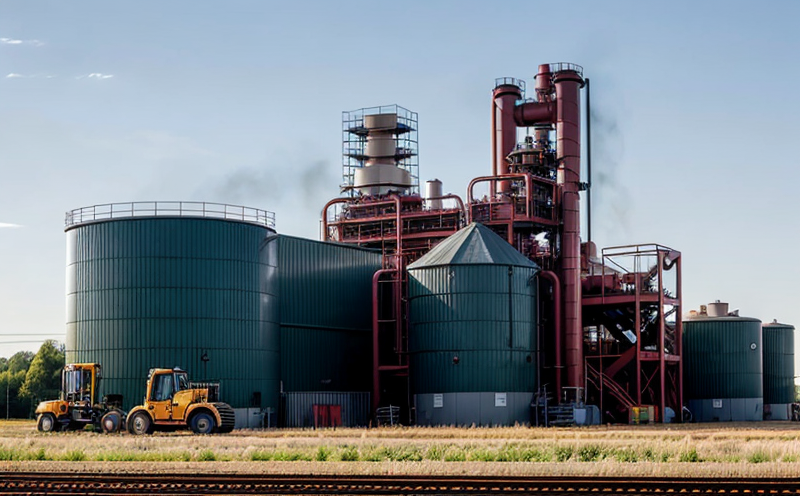IEC 60534-8-3 Industrial Valve Flow Noise Testing
The IEC (International Electrotechnical Commission) standard 60534-8-3 is widely recognized for its stringent requirements on the noise produced by industrial valves during flow testing. This service ensures that industrial equipment, particularly valves used in various sectors like oil and gas, petrochemicals, and water treatment, adheres to strict noise emission limits specified in this standard.
During IEC 60534-8-3 compliance testing, our laboratory uses advanced acoustic measurement techniques to capture the sound levels generated by industrial valves under various operating conditions. The test setup includes state-of-the-art noise measurement instruments capable of capturing both continuous and impulse noises accurately. Compliance with this standard is crucial for ensuring safety in confined spaces where high noise levels can be a significant hazard.
Our testing process typically involves the following steps: First, we receive the valve to be tested along with any necessary documentation that includes manufacturer specifications and expected operating parameters. Once received, our technicians prepare the specimen by connecting it to appropriate piping systems designed to simulate real-world operational conditions. The valves are then subjected to a range of flow rates and pressures specified in IEC 60534-8-3.
The testing equipment includes noise measurement instruments such as sound level meters, spectrum analyzers, and condenser microphones, all calibrated according to ISO standards. During the test, we measure the decibel levels of the noise produced by the valve at different frequencies, ensuring that they do not exceed the limits set forth in IEC 60534-8-3. After completing the tests, our experts analyze the data collected and prepare a detailed report outlining the results.
It's important to note that this standard also considers the operational environment of industrial facilities where these valves are used. This includes factors such as ambient noise levels, which can affect the overall acoustic performance of the valve. By adhering strictly to IEC 60534-8-3 guidelines, manufacturers and facility operators ensure compliance not only with international standards but also with local regulations designed to protect workers' health and safety.
International Acceptance and Recognition
- The IEC 60534-8-3 standard is globally accepted, especially in regions where industrial equipment noise control is paramount for occupational health. Compliance with this standard ensures that the products meet international benchmarks.
- Many countries incorporate the requirements of IEC 60534-8-3 into their national standards and regulations, making compliance a priority for manufacturers exporting to these markets.
Environmental and Sustainability Contributions
The testing process under IEC 60534-8-3 not only ensures safety but also contributes positively to environmental sustainability. By minimizing noise emissions, industrial facilities can reduce their operational impact on nearby communities. This standard is part of a broader effort by the industry to adopt practices that minimize harm and promote cleaner environments.
Competitive Advantage and Market Impact
- Compliance with IEC 60534-8-3 can significantly enhance a company's reputation, making it more attractive to environmentally conscious clients who prioritize safety and sustainability.
- Meeting these stringent standards often sets a benchmark for the industry, giving companies an edge in competitive markets where compliance is mandatory or highly valued by customers.





